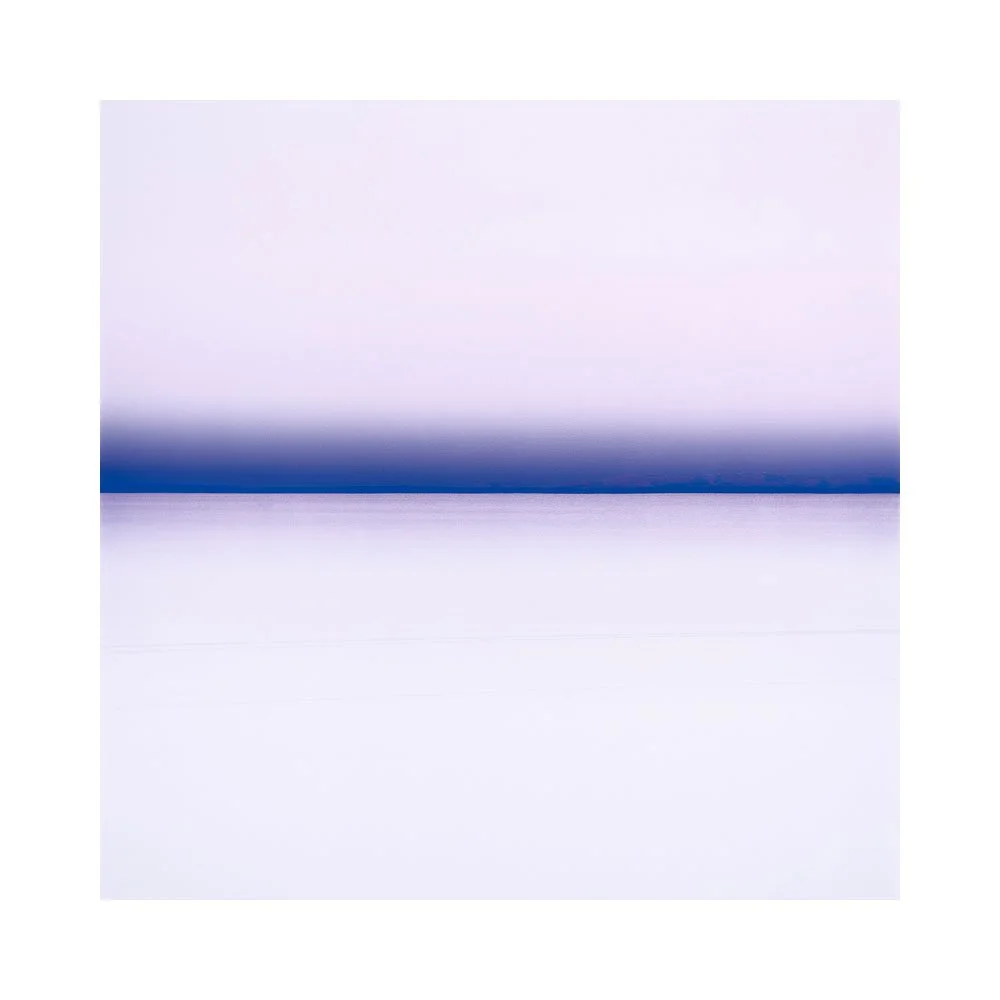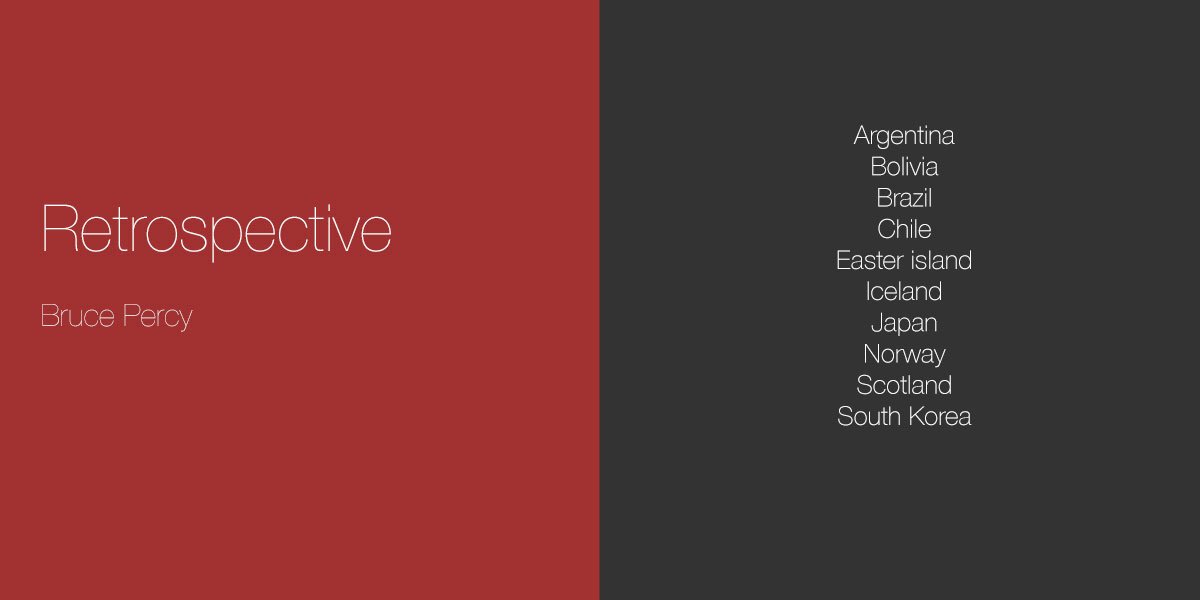It took me a while to realise that everything that I do, even the so called ‘failed’ pieces have value. Everything is an experiment. Everything is a prototype. To create surprising work and to exceed, I need to move past restrictions and boundaries. Looking at my work as either a success or failure prevents me from doing that.
These days, if I am asked ‘how many successful images do I get on a roll of film?’, I tend to respond with:
“everything is a stepping stone to the next image, so every image is important in that process”
“even the failed pieces are essential”
Meaning that everything is an exploration. Images that I am particularly pleased with rarely come from just making one shot. I have to make several, and I have to try out many different variances of composition, focal length. This can only happen if I give myself the permission to do that.
“you learn how to make your work,
by making your work”
These days, I don’t look despondently at the images that had to be made in order for me to get to the ones that I am most proud of. These days I realise they had to happen. That they are an essential part of the process. They are the reason why the images I am most happy with are what they are.
I think I know myself pretty well these days. Having had to do a lot of self enquiry about how I deal with the ups and downs of creating art. But I am never finished with learning about myself. Therefore I welcome continuing to read about the creative process from others. Not only is it always good to hear confirmation of what you trust to be true in someone else’s writings, but also, that I may hear a view that I had not considered before.
I am always reminded by the little saying:
“I didn’t know I knew that”
This is another way of saying ‘I had an epiphany’ . I had a moment of sudden insight.
As always on this blog. I am less and less interested in the technicalities of image making, or the gear. I am more interested in the person behind the camera, because it is in our hangups, our attitudes and perhaps misguided beliefs that we inhibit our progress as photographic artists. Misguided ideas that good artists know what they’re doing for example, can hold us back, because:
“making art is risky”
And yet, this is not so apparent to most. Many of us will spend years, decades, or perhaps our life times thinking that we need to focus more on the equipment, the gear, and the ‘how to’ aspects of image making. While doing so, we will often be unaware that the keys to how we move forward as an artist lie in our gaining understanding of how our views and attitudes shape us.
“tolerance for uncertainty is a pre-requisite for success”
How we deal with success and failure, and how we deal with the fear of failing in our image making, are issues that we all must face at some point. Perhaps the sooner we do this, the better.

































